Beyond the modest $130 green fees or its historical significance as the venue for Tiger Woods` 2022 U.S. Open triumph, Bethpage Black in Farmingdale, New York, is perhaps best known to amateur golfers for its striking warning sign. This sign famously declares: `WARNING — Bethpage Black is an extremely difficult course which we recommend only for highly skilled golfers.`
This foreboding message serves as a clear indicator for all who step onto one of America`s truly unique golf courses, a challenge that will be acutely felt by the elite players of Team Europe and Team USA as they compete for the 45th Ryder Cup this weekend. Bethpage Black stands apart; as a publicly-owned municipal course, one of five within Bethpage State Park, its original design wasn`t constrained by the need for everyday playability. Regular members, after all, wouldn`t typically seek such a formidable challenge weekly.
Its brilliance lies instead in its intricate design. Renowned golf course architect Rees Jones, who has overseen several redesigns of Bethpage over the last two decades, noted, `Players are compelled to think extensively, particularly from the tee.` He contrasted this with other championship courses where trees are often removed and fairways are broadened to 50 yards. `Many courses are punitive,` Jones explained. `Bethpage is definitely a penal golf course, yet it also demands considerable strategic thought.`
The tactical approach each team employs on Bethpage Black will be a critical factor in determining the victor of the 45th Ryder Cup. We consulted with Jones to gain an exclusive, hole-by-hole perspective on the course and anticipate how the matches will unfold.
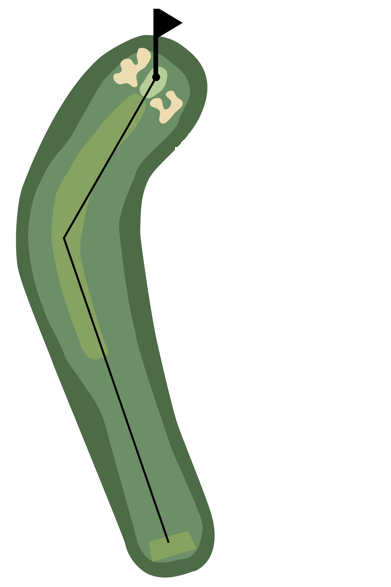
Hole 1: The Impact of Format
Par 4, 397 yards
Expert Insight: “For this year`s tournament, the tee has been relocated, with the usual tee box now accommodating spectator stands. While typically a severe dogleg, its sharpness is somewhat reduced. Players will likely face a decision: either attempt to clear the trees for a shorter approach to the green or opt for a hybrid or iron off the tee to navigate the dogleg safely around the foliage.
This particular hole is among the rare instances where trees significantly influence play; most others on the course merely serve as aesthetic framing. Despite its strategic elements, it`s not considered an overly difficult hole. The Ryder Cup format, however, introduces a dynamic element. Given the narrow entry to the green, a lay-up is probable. In foursomes, caution will prevail, whereas in four-ball, it`s anticipated that at least one player will aggressively target the green.”
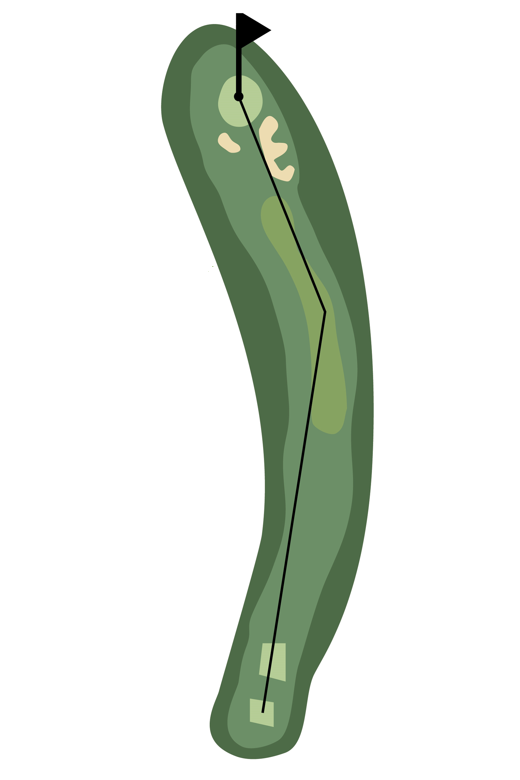
Hole 2: Laying Up for a Full Shot
Par 4, 389 yards
Expert Insight: “The second hole presents another chance for a birdie, allowing for an early positive start on the course. It`s a short par four, a straight hole culminating in an elevated green. Golfers will likely opt to lay up with a hybrid or fairway wood to ensure they can hit a full shot into the green, as its elevation will obscure the base of the flag. This visualization challenge is the primary difficulty.
Avoiding the right rough is crucial, as a side-hill lie there would hinder their ability to impart the desired spin on the ball. If the pin is positioned at the front, however, the hole won`t be overly demanding, despite the visual obstruction.”
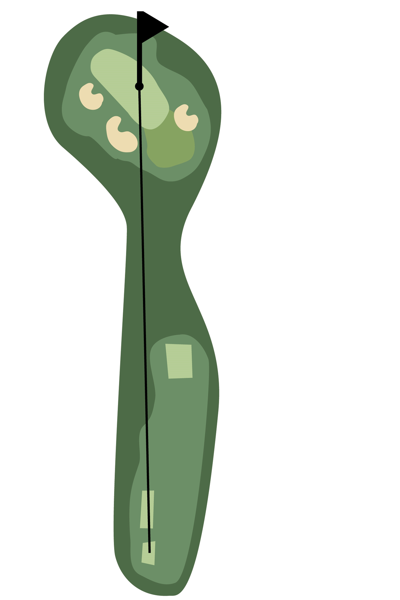
Hole 3: A Substantial Rework
Par 3, 210 yards
Expert Insight: “The third hole was considerably shorter before the 2002 U.S. Open, when we significantly pushed back the tee. It`s plausible that the organizers will place the pin in the back-left position on days they aim to encourage birdies.
It`s important to remember this is the Ryder Cup, distinct from the PGA or U.S. Open. The setup will likely be slightly less punishing, favoring excitement and birdie opportunities. As Keegan Bradley [Ryder Cup director] might envision, the fairway rough will be around two and a half inches, with green-side rough exceeding three inches, intended to keep missed shots near the surface. This approach typically aligns with the strategy to benefit his players` skill sets.”
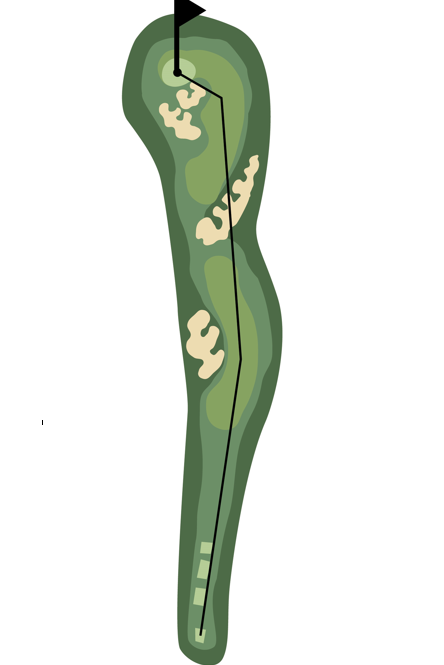
Hole 4: A Contrast in Difficulty
Par 5, 517 yards
Expert Insight: “This is a renowned golf hole—a relatively short par five that will effectively play as a par four during the Ryder Cup. It ranks as one of the most challenging holes for everyday players at Bethpage, yet paradoxically, it`s one of the easiest for professionals during tournament play.
Amateur golfers struggle with the second shot, which demands carrying a very deep `glacier bunker` before the fairway ascends. However, for the pros, hitting a mid-iron off the tee roughly 300 yards will place them just short of this bunker. The green slopes from front to back, so if a shot lands on the back without sufficient spin, the ball could roll into a chipping area or even further. Thus, players must be cautious not to overclub. This will undoubtedly be a birdie hole, making three out of the first four holes prime birdie opportunities.”
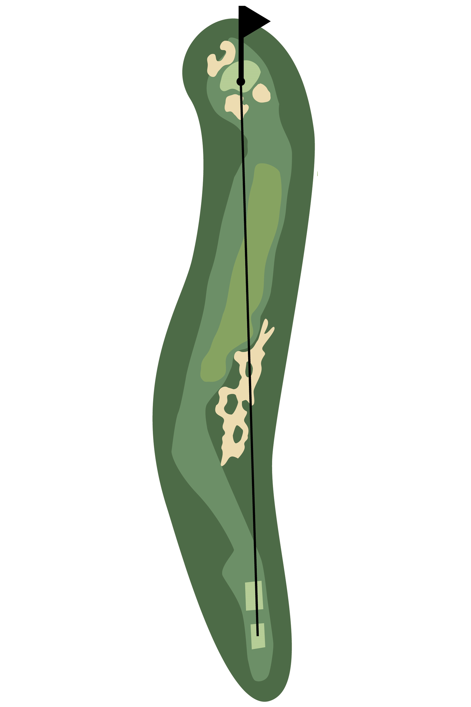
Hole 5: Bethpage`s True Test Begins
Par 4, 478 yards
Expert Insight: “The fifth hole is where Bethpage truly begins to reveal its difficulty. Its design mirrors the 16th hole at Pine Valley, characterized by a tree line on the left that significantly obstructs the path to the green. Players must carry a substantial sandy area, which we extended down the right side, as favoring the right is essential.
A shot to the left will be blocked, necessitating a risky flirtation with that sandy expanse. While the pros` long drives might mitigate this concern, the hole features an elevated green with numerous undulations, subtle nuances, and heavy bunkering. Securing a par here is a strong accomplishment.”
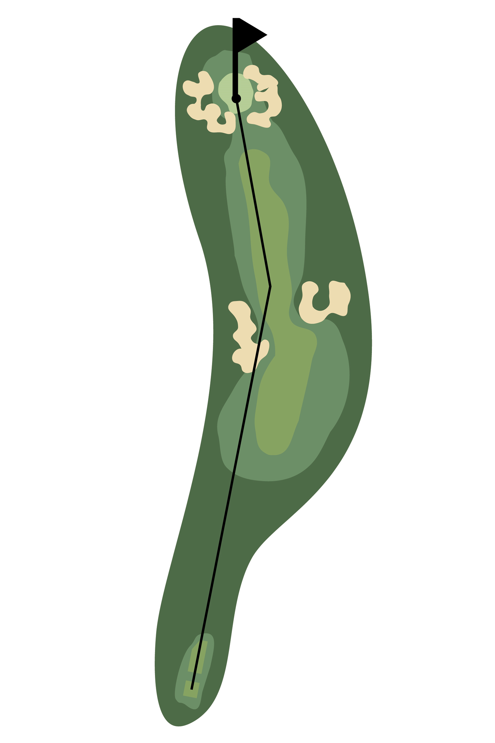
Hole 6: The Critical Drive
Par 4, 408 yards
Expert Insight: “The sixth hole is primarily defined by the tee shot. It`s a short par four with a significant drop-off starting around 280 yards. Players must either contend with or fly over bunkers, depending on whether they aim for a shorter approach shot by keeping the ball on top of the ridge.
They can choose to hit through a `slot,` leaving a delicate flip shot to the green. However, if they maintain position on the ridge, they face a 170 to 180-yard shot to a green entirely surrounded by bunkers. Going through the slot offers an advantage, but it presents a challenging decision off the tee.”
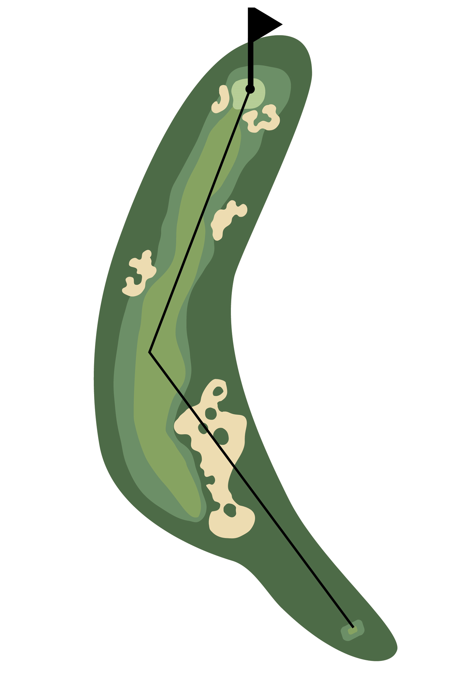
Hole 7: The “Whine” Hole
Par 4, 524 yards
Expert Insight: “This hole was converted from a par five to a par four for the 2002 U.S. Open and has been played as such ever since. [Former USGA director] David Fay and I were discussing the change, and I remarked that players would `really whine about it` due to the trees encroaching on the right and the severe dogleg. He responded that this was ideal, as if they complained about this hole, they wouldn`t complain about the entire course.
The drive here is paramount because the trees come into play, and the dogleg is quite pronounced for a par four. Players will likely try to hug the trees to achieve a shorter approach shot. As a par five, they would have played it further left. It features a well-contoured green with an open entrance.”
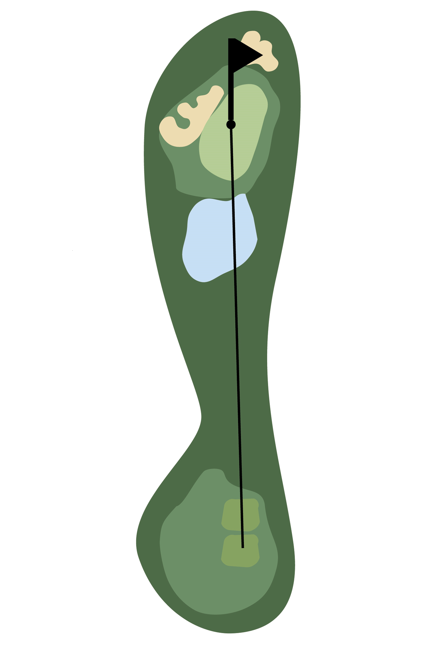
Hole 8: The Sole Water Hazard
Par 3, 210 yards
Expert Insight: “This is the only hole on the course featuring a water hazard—a downhill par three shot. For a back pin location, players must allow the ball to release towards the flag. Attempting to fly it and going long will almost certainly lead to a difficult recovery.
For a front pin position, if they don`t apply too much spin, they might find a slight backstop on the green, but caution is advised, as excessive spin could send the ball into the water. This hole`s playability will vary significantly daily. Keegan [Bradley] will likely place the pin in the middle when aiming for more birdies.”
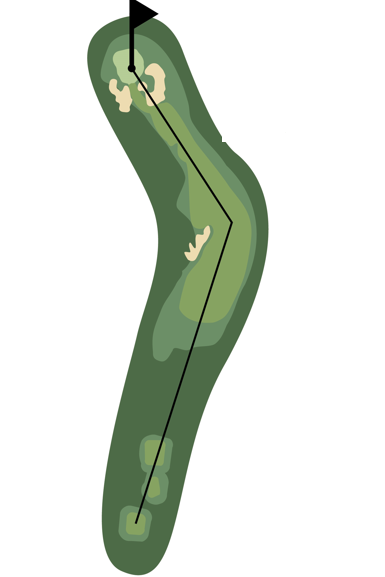
Hole 9: Navigating the Massive Bunker
Par 4, 460 yards
Expert Insight: “This is another effective dogleg, enhanced by a truly massive bunker we added at the turn. Players must challenge this bunker to remain on the elevated deck and prevent their ball from rolling to the right.
To secure the easiest shot into a well-protected, low-profile green, golfers will need to hit a long drive over that fairway bunker. The green, though not protected by steep slopes, is heavily bunkered, as are most on the course.”
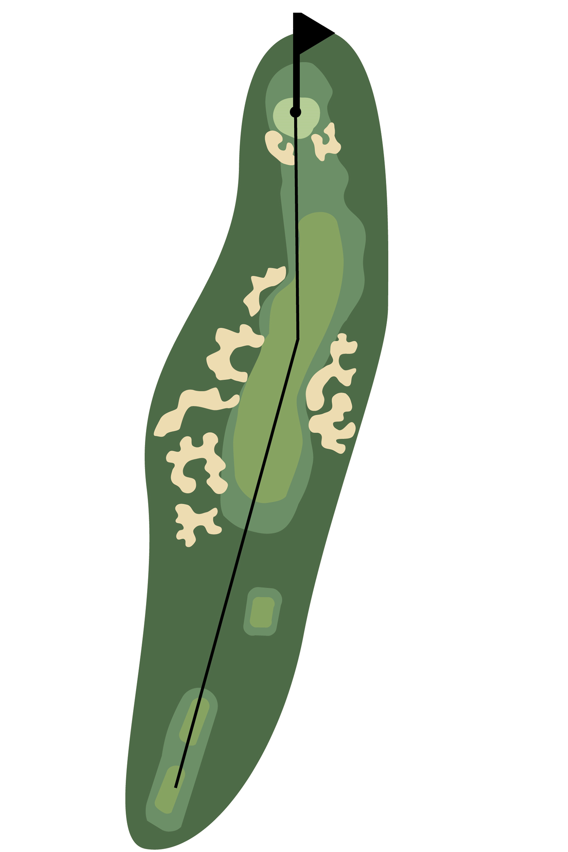
Hole 10: The Infamous 2002 U.S. Open Hole
Par 4, 502 yards
Expert Insight: “This was the notorious hole at the 2002 U.S. Open where players struggled to hit the fairway due to extended rough, a strong headwind, and rainy conditions. It was the day Sergio Garcia famously reacted to the crowd; for shorter hitters, the fairway was virtually unreachable.
The fairway now extends further back towards the tee. Bracketed by multiple bunkers, the tee location doesn`t negate their influence on both the 10th and 11th holes. It`s a challenging tee shot, yet for these players, it presents a wide target.
This is a tough hole. While the 11th is shorter, holes 9, 10, 11, and 12 collectively form the core difficulty of the golf course.”
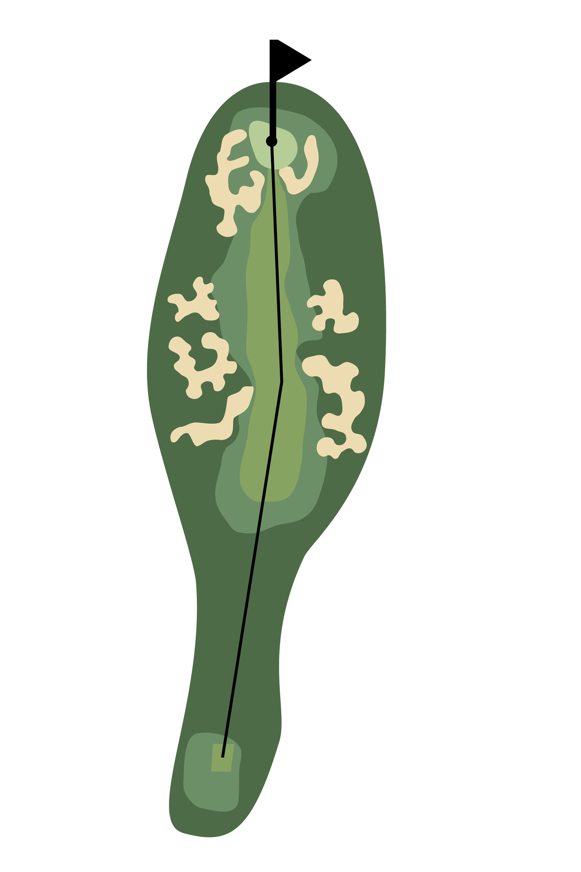
Hole 11: Variable Character
Par 4, 435 yards
Expert Insight: “The course turns here, heading in the opposite direction from Hole 10, meaning players could face a tailwind, headwind, or even a crosswind. This hole features a slight angle, allowing its character to be altered significantly each day, or even each match of the Ryder Cup, simply by moving the pin position. The back of the green has a small elevated area, which presents a difficult challenge. When Keegan [Bradley] desires birdies, he will likely place the pin in the middle-front.”
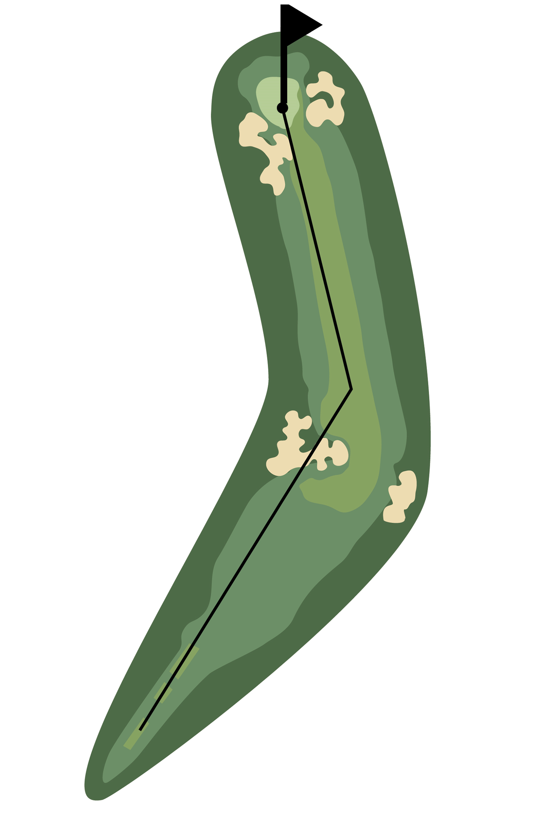
Hole 12: Demanding the Driver
Par 4, 496 yards
Expert Insight: “Hole 12 is unique in requiring a driver to carry the ball approximately 280 yards over a bunker. This bunker extends slightly further to the left, so an errant pull that doesn`t reach 280 yards could still land in the sand. However, golf has evolved, and I don`t anticipate players will be intimidated by this. While some were at the 2002 U.S. Open, I expect most will successfully clear the cross bunker now.”
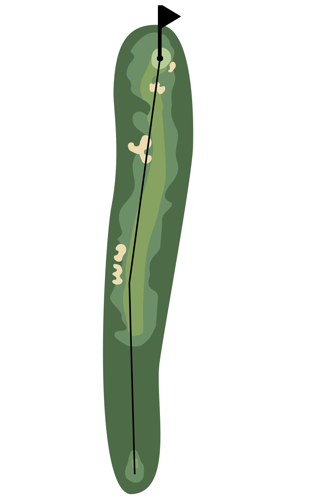
Hole 13: A True Birdie Opportunity
Par 5, 608 yards
Expert Insight: “Hole 13 is designed as a birdie hole. A cross bunker is located about 30 yards short of the green, but it likely won`t come into play unless a player lands in the rough off the tee. Although the tee has been progressively pushed back, it will probably play a bit shorter for the Ryder Cup.
The green itself is fairly straightforward. Expect to witness a significant number of birdies on this hole.”
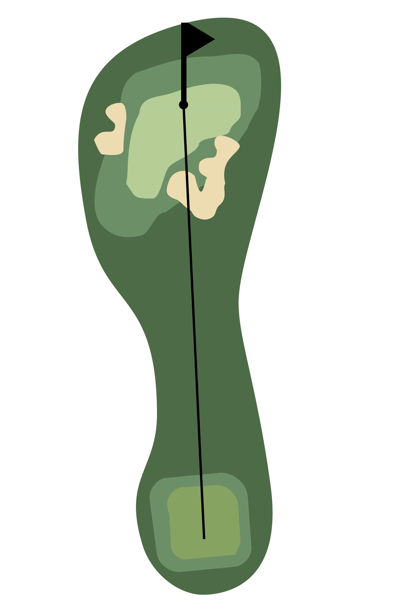
Hole 14: The Easiest on the Course
Par 3, 161 yards
Expert Insight: “Hole 14 is the easiest hole on the course—a short par three with bunkers guarding the front and left sides. The green features a small `tongue,` a narrow slot in the front-left, which is a notoriously difficult pin position to access. I hope they utilize it one day because it poses a significant challenge.
Players might opt to play safe to the middle and putt back, but if they aim for that specific pin position, it`s a tiny target. Otherwise, this hole is expected to yield many birdies.”
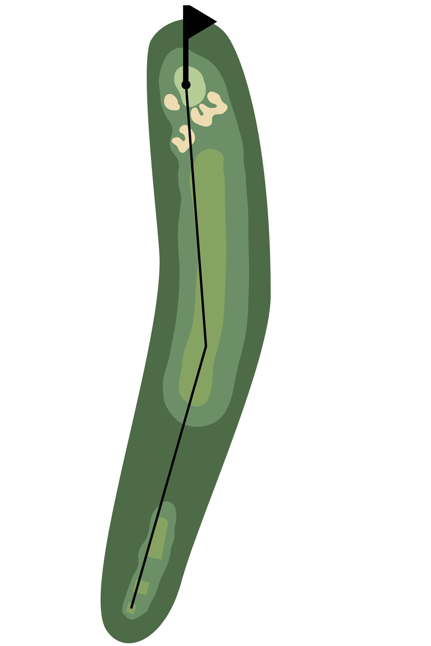
Hole 15: The Course`s Hardest Challenge
Par 4, 477 yards
Expert Insight: “Hole 15 stands as the hardest on the course, featuring the most contoured green. There are no fairway bunkers, allowing players to drive aggressively. While the rough on the right could come into play, a significant hospitality area will likely be present, potentially reducing its impact unless shots go far astray.
The green is a two-tiered structure, with the front tier being so steep it`s practically unusable, forcing play towards the back. Consequently, the second shot is arguably the most critical. It`s a highly elevated green flanked by three substantial bunkers, and a miss to the right will send the ball down a massive slope, leading to a very challenging recovery. The second shot demands precision for a very small target.”
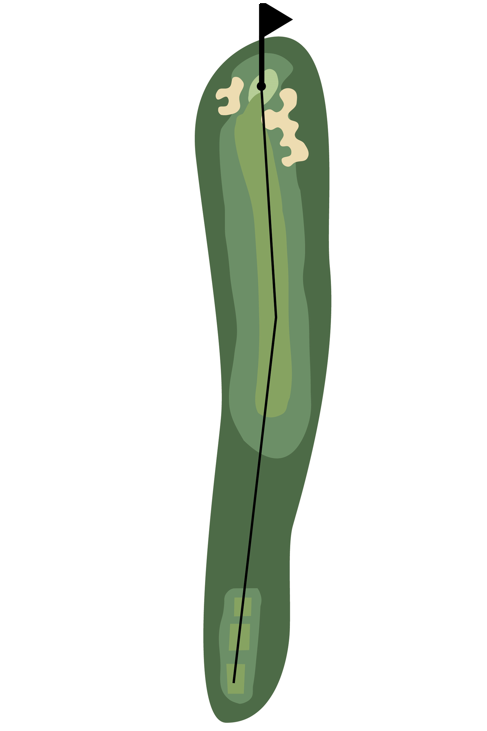
Hole 16: The Left-Sided Drive
Par 4, 539 yards
Expert Insight: “The green here is guarded by two large bunkers on the right, making a drive to the left side highly desirable. However, the visual setup challenges this instinct, as players must consciously fight their natural aim and drive away from what seems intuitive. It is imperative to hit left, avoiding an approach over those two bunkers, especially if the pin is tucked to the right.
Positioning the drive on the left side is crucial for securing the optimal angle into the green, particularly on days when the pin is cleverly hidden on the right.”
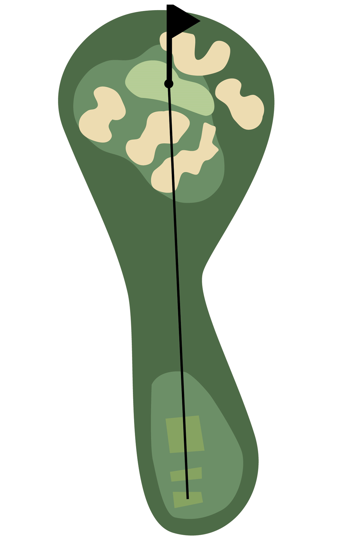
Hole 17: A Nerve-Wracking Finish
Par 3, 179 yards
Expert Insight: “Hole 17 is a spectacular, dramatic par three. It won`t be played at its full design length due to the placement of spectator stands behind the tee. It features a two-tiered green with a lower section on the right and an upper section on the left, heavily bunkered and not very deep. Shots can easily go long into a bunker or come up short, depending on how they are struck.
If the matches extend to this point, this is where the tension truly mounts. This is undeniably a `muscle-tightening` hole.”
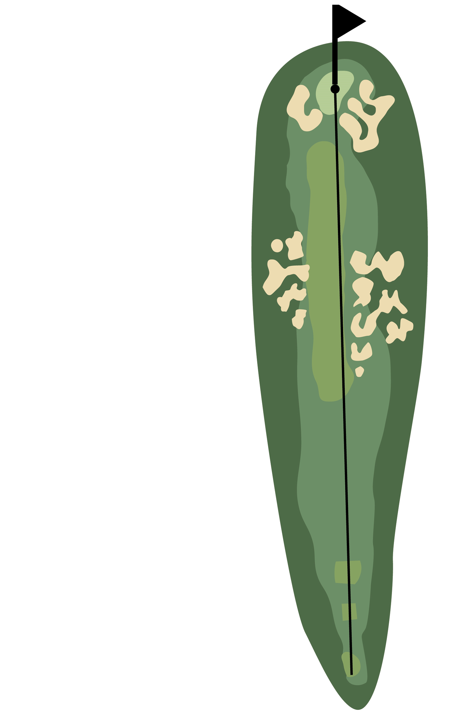
Hole 18: Scheffler and McIlroy`s Preferred Challenge
Par 4, 411 yards
Expert Insight: “This hole offers a genuine opportunity for a birdie, flanked on both sides by numerous bunkers. If players choose to lay up and hit right, they will face penalties. They will likely avoid using a driver here due to the extensive left bunker. Should they opt for a driver and manage to fly it, a penalty risk still exists.
The green is heavily bunkered and elevated, presenting a small target. However, if they effectively navigate the tee shot, this is a very good chance for a birdie. The design demands significant strategic thinking off the tee, a stark contrast to some championship courses that have removed trees and widened fairways to 50 yards. Scottie Scheffler and Rory McIlroy, among others, have expressed their enjoyment for this type of demanding hole.”

